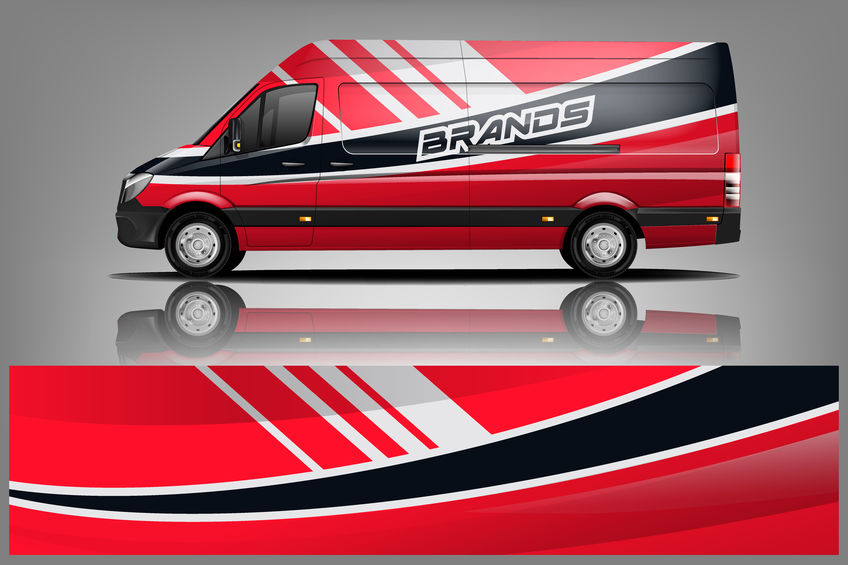If you want to have a successful website, you need to think interactivity.
If you want to have a successful public relations campaign to attract people to your website, you need to think visually.
Here’s a case in point.
Some time ago, I was in a hotel room in San Francisco, preparing to deliver my Successful Internet Marketing class at UC Berkeley Extension.
The TV was on in the background with the usual happy-talk broadcasters talking about the usual local events.
Suddenly, my ears perk up as I hear a feature news report.
It’s about a company named Autowraps that has a new spin on advertising.
They paid people to turn their cars into billboards.
Autowraps pasted a full-body poster onto cars.
When these ad-plastered cars would drive around town, people saw this novel advertising format and gained another impression of the company and its message.
Here’s the key lesson of today’s article:
When you interrupt the expected visual format, you get attention.
When you see an ordinary car, you won’t notice.
But when you see a car that looks like a 5,000-gallon ice cream container, you sure WILL notice!
Good advertising you say, but what’s the PR point here?
The company thought visually to get the story on the air.
I’m guessing they pitched the story to the news director by saying “Hey, you want to see a bunch of normal people turn their cars into billboards for an ice cream company?”
Who can resist that kind of oddball, man-bites-dog pitch?
But the story doesn’t end with a good visual.
They added extra elements that turned this story into a five-minute documentary!
First, the story was shot in the Autowraps garage.
Now, garages might not be particularly interesting, but they are a lot more visually appealing than the standard interview set in an office.
Again, they interrupted the normal expectations.
Then they showed an artist applying the ad to the car. I would have thought that the ad was painted on, but the artist actually applied a bumper sticker like material to the car and had to cut out spaces for the mirror, light and other problem areas. So, not only was the ad visual, but the application of the ad was visual as well.
Then they rounded out the story. They invited several people who have turned their cars into billboards and the reporters interviewed them. One woman said she thought it was cool and could use the money. She could make nearly $5,000 a year by driving around town. Then they interviewed a guy who said he liked the attention. In fact, he was one of the first people to buy a Volkswagen Beetle just so people would look at his cool car. Now that thousands of Beetles are on the road, he needed something to get more attention, so Autowraps was a blessing for him!
The reporter conducted a normal interview with the company exec who spouted his company’s key messages. He also had interesting info, like “How do you know these people are driving around, instead of putting the car in the garage?” Answer: “We have a GPS device in the car, so we know where it is at all times. We even know how fast they are driving.”
So we have all the elements here.
Good story, good visual, good interview subjects. Now they added another piece to expand the story to the community and other news outlets:
They will give the first 10 people who come to their offices a free car-makeover today – and pay them to be driving billboards.
If they do their job right, the PR people can expect to see print reporters lining up to interview the drivers!
They can create their own original story and take their own pictures for print and electronic publications.
All in all, a great PR campaign.
Lessons learned: Think visually.
Homework: Look at your product or service and see what is visual about it.
What elements can you add to make the story even more visual?
Now write a pitch letter and start calling reporters!
(I can put you in touch with reporters who want to interview and quote you.)


 Save time
Save time

Leave A Comment